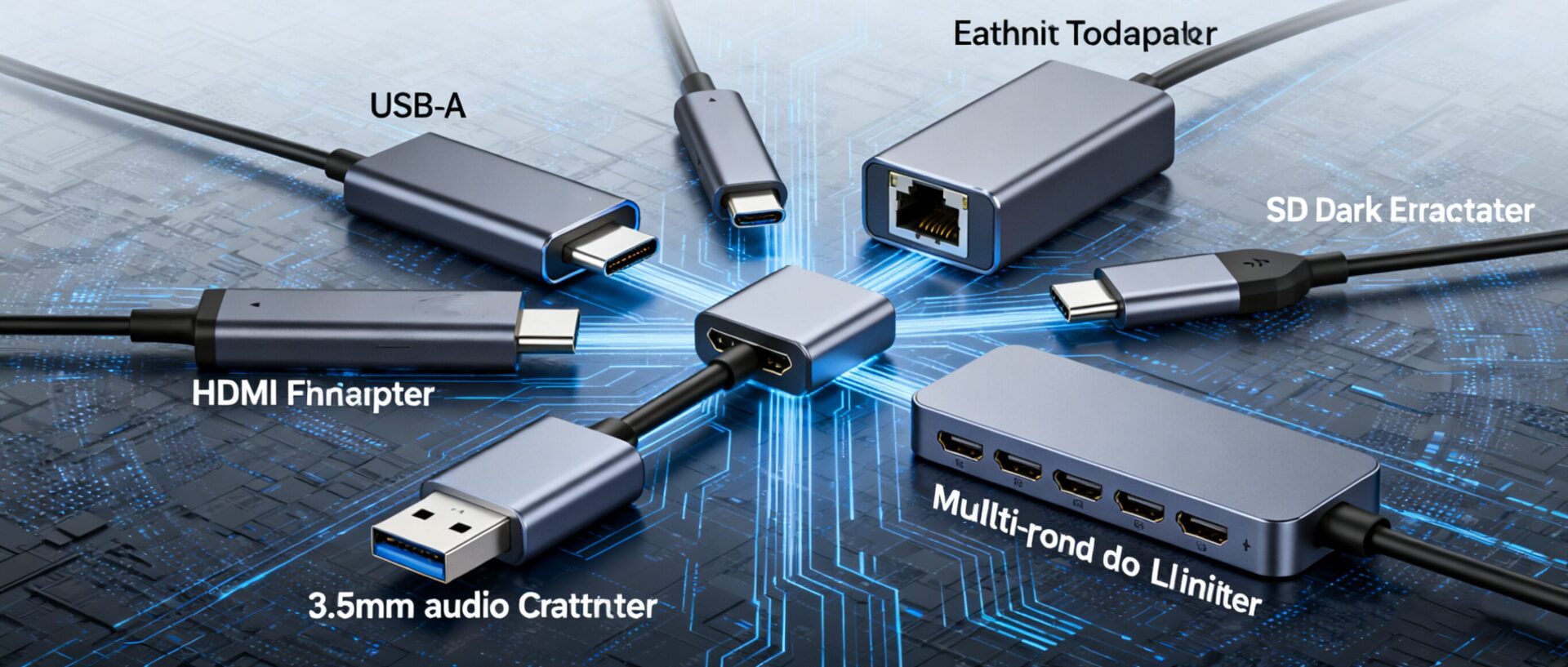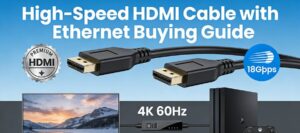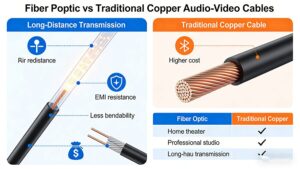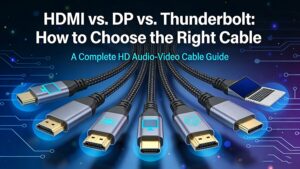USB-C стал универсальным разъемом для ноутбуков, телефонов и планшетов, но что делать, если ваши любимые периферийные устройства все еще используют старые порты? На помощь приходят адаптеры USB-C - компактные мостики, обеспечивающие совместимость новых устройств с устаревшим оборудованием. Ниже представлены 6 основных типов, которые вам необходимо знать, а также способы их использования.
Переходник с USB-C на USB-A: Legacy Peripheral Saver
- USB-C Male to USB-A Female (наиболее распространенный вариант): Подключите C-конец к ноутбуку, затем подключите гаджеты USB-A.
- USB-C Male to USB-A Male: Используйте зарядное устройство USB-A для питания телефона с интерфейсом USB-C.
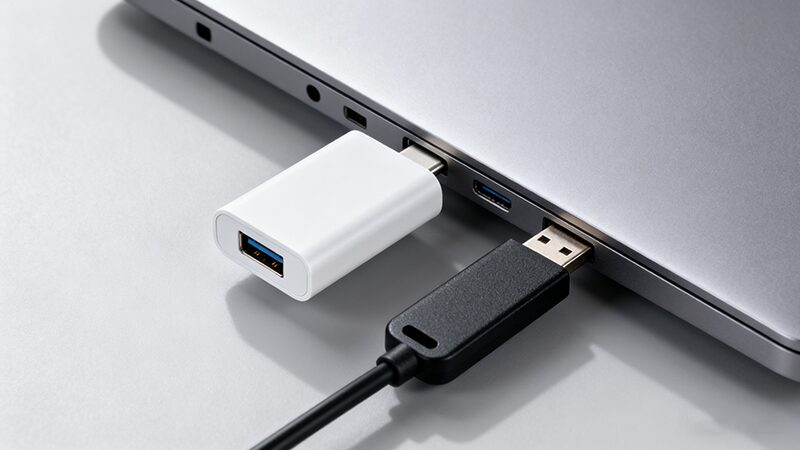
Переходник USB-C на HDMI/DisplayPort: Усилитель большого экрана
- HDMI: До 4K@60 Гц (идеально подходит для домашних кинотеатров).
- DisplayPort: До 8K@30 Гц (отлично подходит для творческих работ).
Избегайте адаптеров VGA/DVI, если в них нет необходимости - они преобразуют цифровой сигнал в аналоговый, снижая качество.
Адаптер USB-C для Ethernet: Стабильное сетевое соединение
Переходник с USB-C на 3,5 мм: Аудиоспасатель
Адаптер USB-C для SD/MicroSD: Инструмент для передачи данных
Многопортовый адаптер USB-C (мини-хаб): Универсальный помощник в путешествиях
Краткая справка: Типы и применение адаптеров
|
Тип адаптера
|
Ключевой пример использования
|
Обязательные характеристики
|
|
USB-C → USB-A
|
Подключение устаревших периферийных устройств
|
Скорость USB 3.2 Gen 2 (10 Гбит/с)
|
|
USB-C → HDMI/DP
|
Внешние дисплеи
|
4K@60 Гц (HDMI); 8K@30 Гц (DP)
|
|
USB-C → Ethernet
|
Проводной интернет
|
Поддержка Gigabit Ethernet (1 Гбит/с)
|
|
USB-C → 3,5 мм
|
Проводное аудио
|
Высококачественный ЦАП для лучшего звучания
|
|
USB-C → SD/MicroSD
|
Перенос носителя информации с камеры
|
UHS-II для видео 4K
|
|
Мультипорт USB-C
|
Путешествия/легкая многозадачность
|
Максимальная мощность 60 Вт
|

